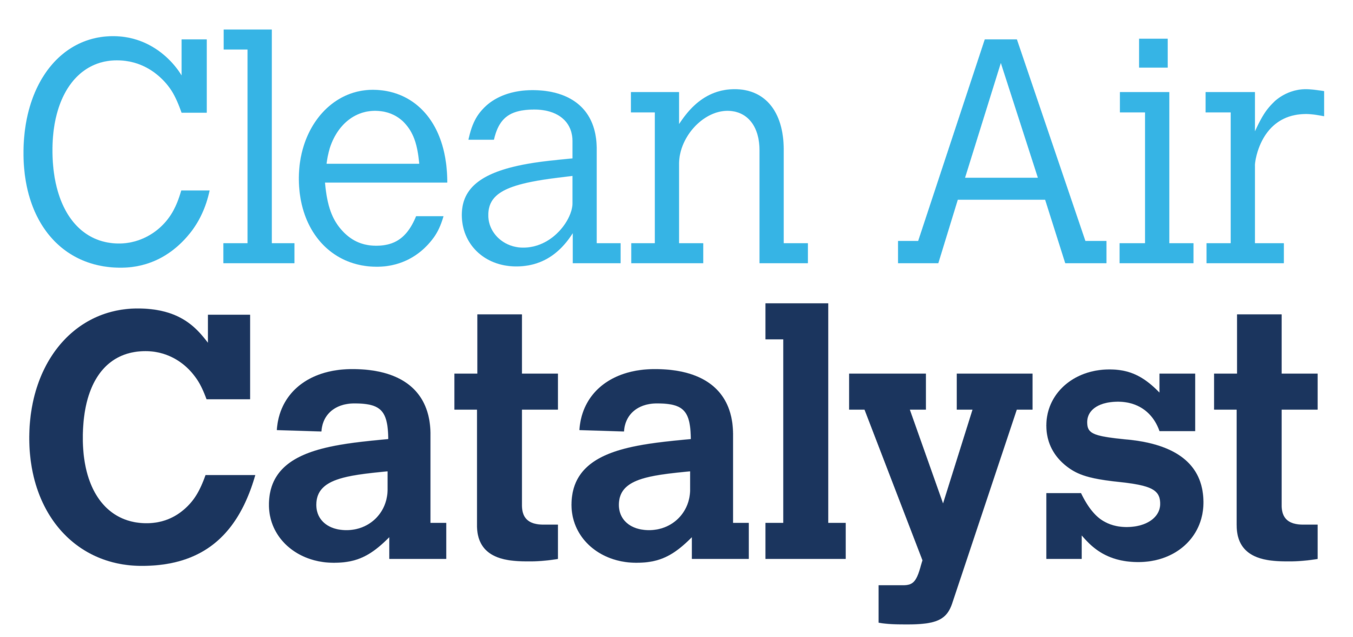Clean Indore Making Strides for Clean Air
Indore Mayor Pushyamitra Bhargav joined the Clean Air Catalyst at the inauguration of one of three new air quality monitoring stations in Indore
By Sudhir Gore, March 14, 2023
Indore is known as India's cleanest city-having secured the title seven years in a row in Swachh Bharat National Cleanliness Surveys. The commercial capital of Madhya Pradesh, also noted for its tradition of innovation, is now determined to clean its air. On February 15, the "Clean Air, Clean Indore" campaign was endorsed by the city’s mayor at the unveiling ceremony of three new air quality monitoring (AQM) stations set up by Clean Air Catalyst.
“Like the moon which has its blemishes, the city of Indore also has been facing two issues- its air quality and the traffic,” Mayor Pushyamitra Bhargav said at the ceremony held at one site located at the Malav Kanya Higher Secondary School. “These two concerns have been added to my list of priorities, and the opening of the three new air quality monitoring sites operated by the Clean Air Catalyst is a step in the right direction.”
To understand why the goal of “Clean Air, Clean Indore” has been set by Indore Municipal Corporation, what it means and what efforts are being made to achieve it, we must look to a letter issued on July 1, 2016, by the Central Pollution Control Board. Indore was named one of 132 non-attainment cities because it did not meet the prescribed national ambient air standards for five consecutive years (2011-15). The National Clean Air Programme (NCAP) standards look to reduce particulate matter concentration by 40% in cities covered under the NCAP by 2026, updating the earlier goal of a 20-30% reduction by 2024.
Indore’s efforts to clean the air were given a significant boost in 2020 when the Clean Air Catalyst program was launched in collaboration with the Indore Municipal Corporation (IMC). The Catalyst is supported by the United States Agency for International Development (USAID) and co-led by World Resource Institute (WRI) and Environmental Defense Fund (EDF).
According to USAID Mission Director to India, Veena Reddy, “In India, USAID is developing local solutions with the government, communities, and the private sector to reduce greenhouse gas emissions and air pollutants, for better health, prosperity, and environment. USAID hopes that improved data through these stations will support Indore’s efforts to improve air quality and spur other cities and policymakers to take further action.”
“Indore has a long history of influencing other cities and countries” added Hisham Mundol, Environmental Defense Fund chief advisor, India. “What Indore has done on the ground with Swachh Bharat, what Indore has done to water plus, and what Indore will do on the air, and we all look forward to that,” he added.”
Indore also has a history of collaborating with global partners to achieve its growth and development goals. Sree Kumar Kumaraswamy, Program Director, Air Quality Action, World Resources Institute (WRI) India recalled, “we have had a long-term relationship with Indore. 15 years ago, we were involved in building the Bus Rapid Transit System (BRTS), and since then we have been working on various projects on the environment and helping the IMC with various projects.”
With the inauguration of three new AQM stations in Indore, the Catalyst will collect air quality information to study and understand the composition and levels of various pollutants in the city's ambient air. The goal is to better understand the sources of air pollution, its impact on the lives of Indore’s residents, and devise strategies aimed at improving air quality to protect those most affected by the pollution and improve public health and the environment.
Monitoring equipment at all three locations will measure fine particulate matter (PM 2.5), and additional monitors at the “supersite” will measure levels of black carbon and carbon monoxide. All three of these pollutants harm human health and contribute to climate change. In particular, PM 2.5 can penetrate deep into lungs and cause heart attacks, strokes, asthma, bronchitis, and cancer.
Indore has just shown the country, how municipal corporations can raise funding. A few weeks ago, I visited In the last two years, the Catalyst has also been conducting field visits to Indore survey emissions from pollution sites and a source apportionment study using data and modeling to further understand the contribution of various sectors and industries such as transport, road dust, construction and waste burning. At present, the science team is preparing a report on their findings and in the coming two years they will make recommendations and support the implementation of solutions with local partners.
EDF’s Mundol noted the IMC’s success in raising funds to build a bio-methanation plant in the city as an example for the Catalyst to follow. “The success of the Green Bond issued by the IMC has shown the way municipal corporations can raise funds,” said Mundol. He and the other Catalyst partners also noted the significant role that Indore’s citizens can play to tackle air pollution.
“We hope we will be able to achieve our goal with the support from the NGOs, Asha workers, environmentally sensitive citizens, and schools. The eco clubs in schools can help in changing the behavior among the students and the families. We hope we can reduce air pollution in the city and become an example for others,” said Kumarswamy.
The AQM station inauguration ceremony was also a celebration to commemorate the successful collaboration of the Catalyst and the local administration, civil society, Indore Municipal Corporation, the industry, health sector and educational institutes for the last two years.

